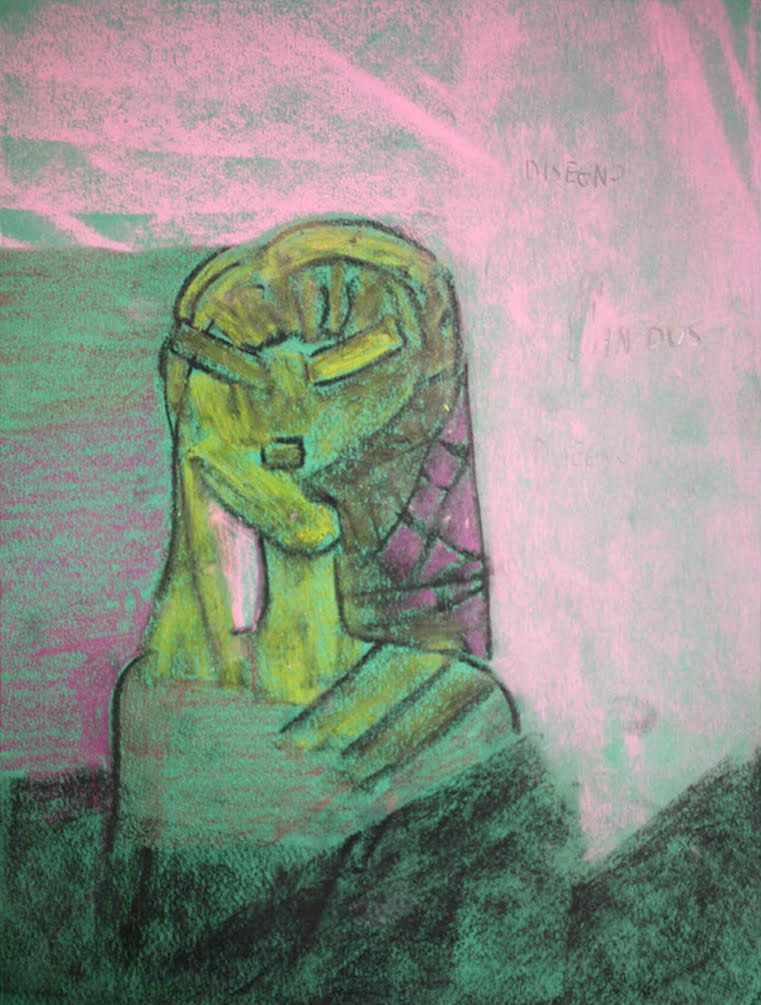If you happened to visit the Outsider Art Fair in New York last month, you were likely greeted by a string of sunny drawings in candy-colored chalk and crayon, depicting architectural forms with anthropomorphic qualities that fade in and out of view.
These pastel creations are the work of newly discovered Italian artist Alessandra Michelangelo, who passed away in 2009. During the final decade of her life, at a workshop in Livorno, Italy, Michelangelo churned out drawings that are wildly sophisticated in their instinctual ease.
"This, I think, is the way all artists want to draw," author and curator Chris Byrne, who discovered Michelangelo's work and now represents her estate, explained to me as he traced over her intensely decisive lines with his fingertip.
There's no fear, no hesitation. Lines emerge and mingle as they may, paying little attention to who or what is in their way. Her guttural gestures form impossible buildings, serpentine symbols and lilted smiley faces with the same confident drive most of us only possess when signing paperwork.
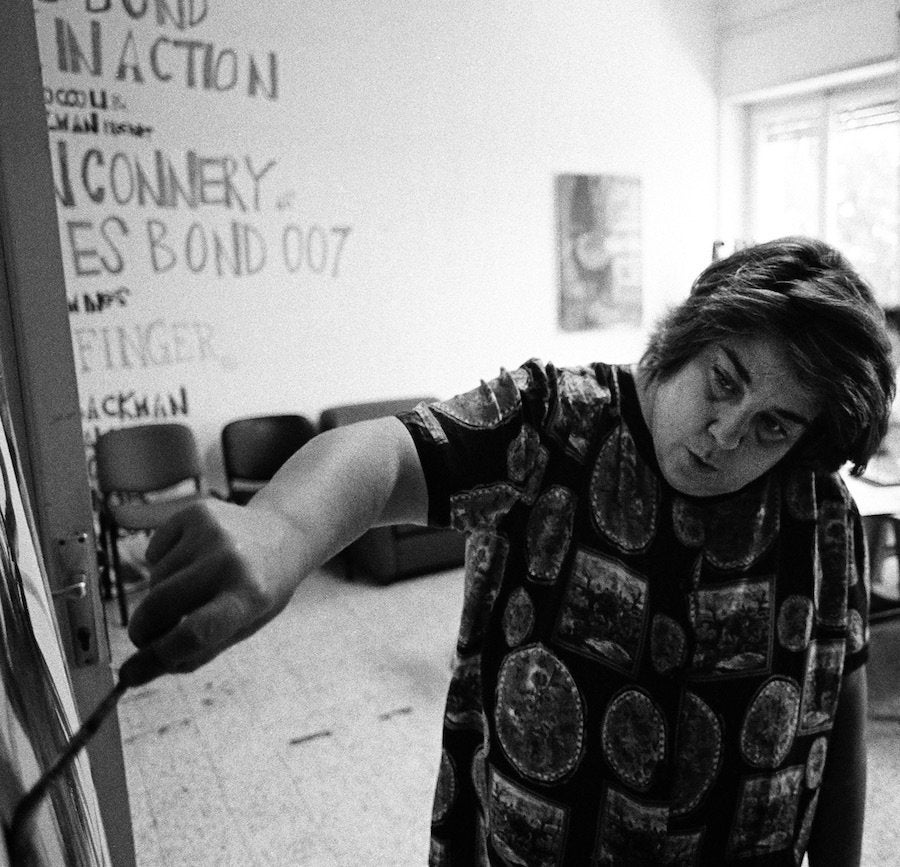
Michelangelo was born in Livorno in 1961, where she'd spend the rest of her life. At 20 years old, she began to exhibit signs of schizophrenia following the death of her older sister. She subsequently spent the majority of her adult life in psychiatric facilities or residential mental health centers. In 1999, Michelangelo began creating art at Blu Cammello, a workshop for adults with disabilities, and remained working there until her death ten years later.
"It was immediately clear that she would be a special case," Riccardo Bargellini, the Director of Visual Arts at Blu Cammello, said. "Among all the workshop participants, she certainly appeared to me as the most disturbed patient. I was only allowed to collect her drawings when they were finished."
Like many makers classified as outsider artists, Michelangelo seems to have been consumed by her art, participating in a creative ritual comprehensible to no one but herself. "Alessandra appeared to live in a private world to which no one had access," Byrne added. "With the ability to produce images quickly, she would often create drawings using both hands and her abrupt and confident mark-making always yielded a precise gesture."

There is no knowledge of Michelangelo possessing an interest in art history, or seeking inspiration from its key players. And yet, looking at her work, ghosts of artists past come to the fore. One piece echoes Giorgio de Chirico's space-defying chasms, and another Philip Guston's oddly adorable cartoon world. Michelangelo's work embodies the hunch, often supported by outsider art, that certain artistic ideas linger in the air like electric forces, that can be accessed almost accidentally from disparate times and places. That the entirety of art history past and present is spread flat, outside of chronology and progress, for the taking.
Byrne described a similar phenomenon when encountering Michelangelo's work. "Alessandra's images were initially familiar, yet paradoxically seem to come from another place altogether," he said. "Although there is a coherence to her body of work, each drawing exists independently, like a snapshot of an internal landscape. After spending several days viewing her drawings, the world begins to become animated through the vocabulary of her pictures."
The art world was only introduced to Michelangelo's work following her passing, and so we're left to understand her process and vision without her. While a problematic aspect of outsider art is the viewer's dependence on an artist's biography, often full of suffering, Michelangelo, in all her talent and mystery, shows how work can stand on its own. While her incessant pace, gaping imagination and uncanny technical skill hint at stories we'll never understand, the work itself is enough. Her art became her world, the rest is, just background.
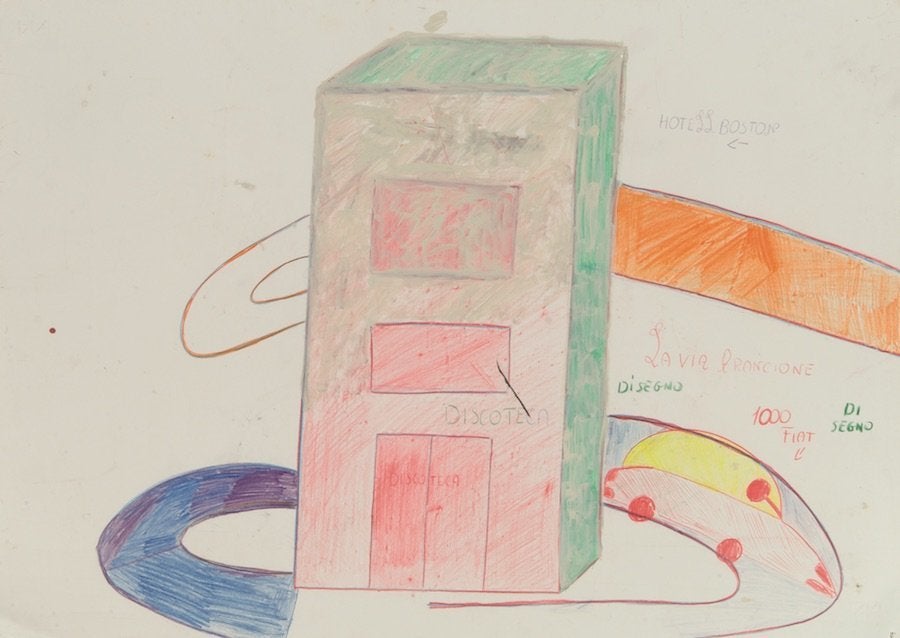
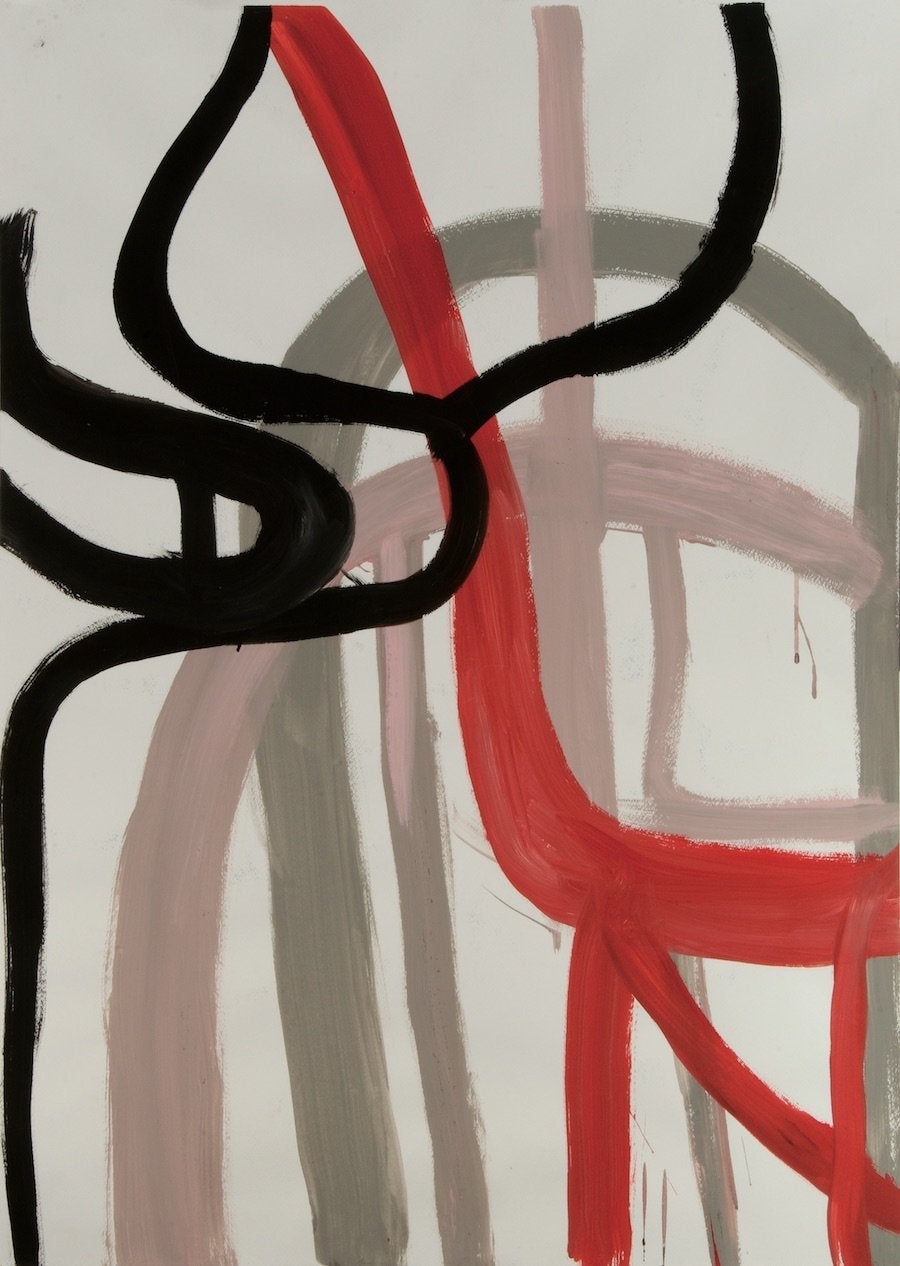
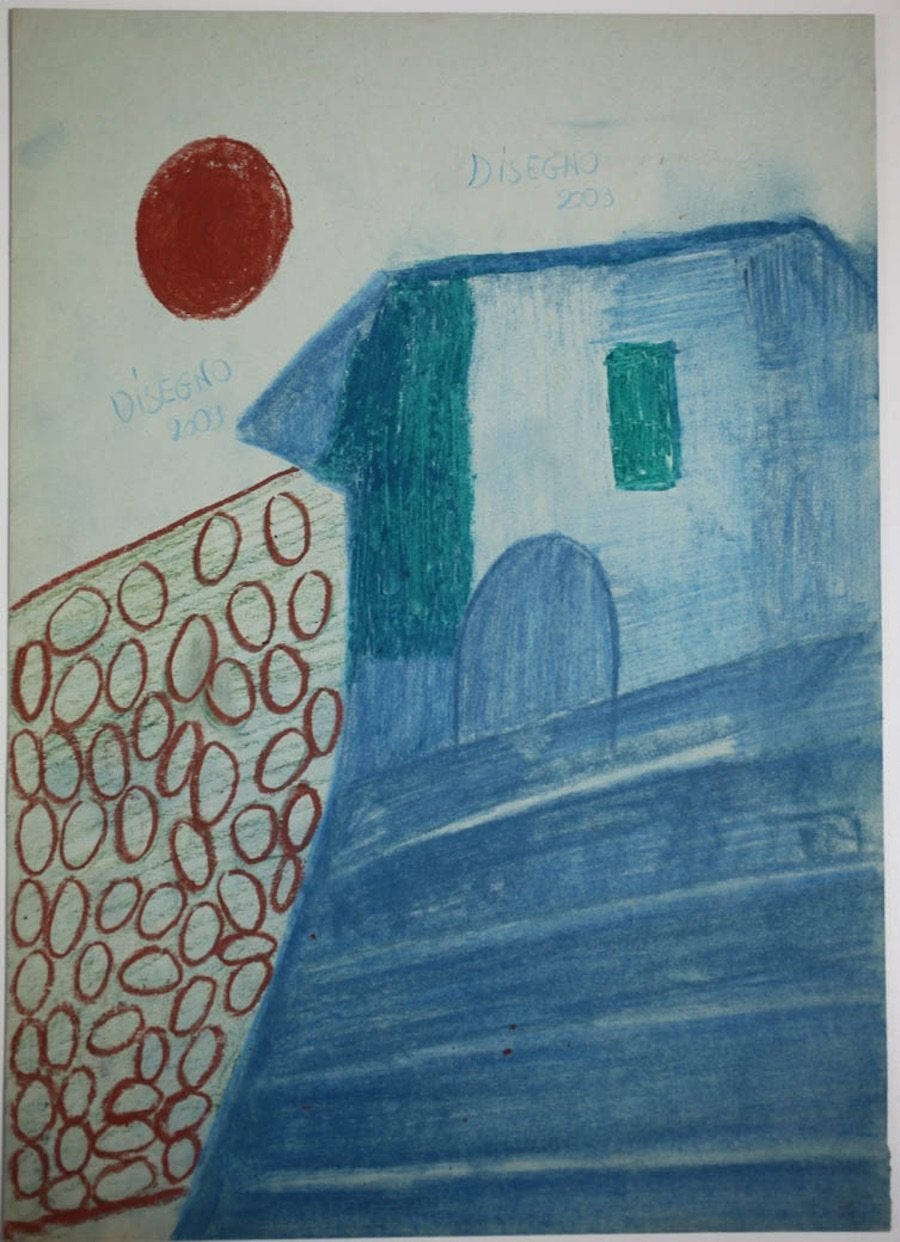
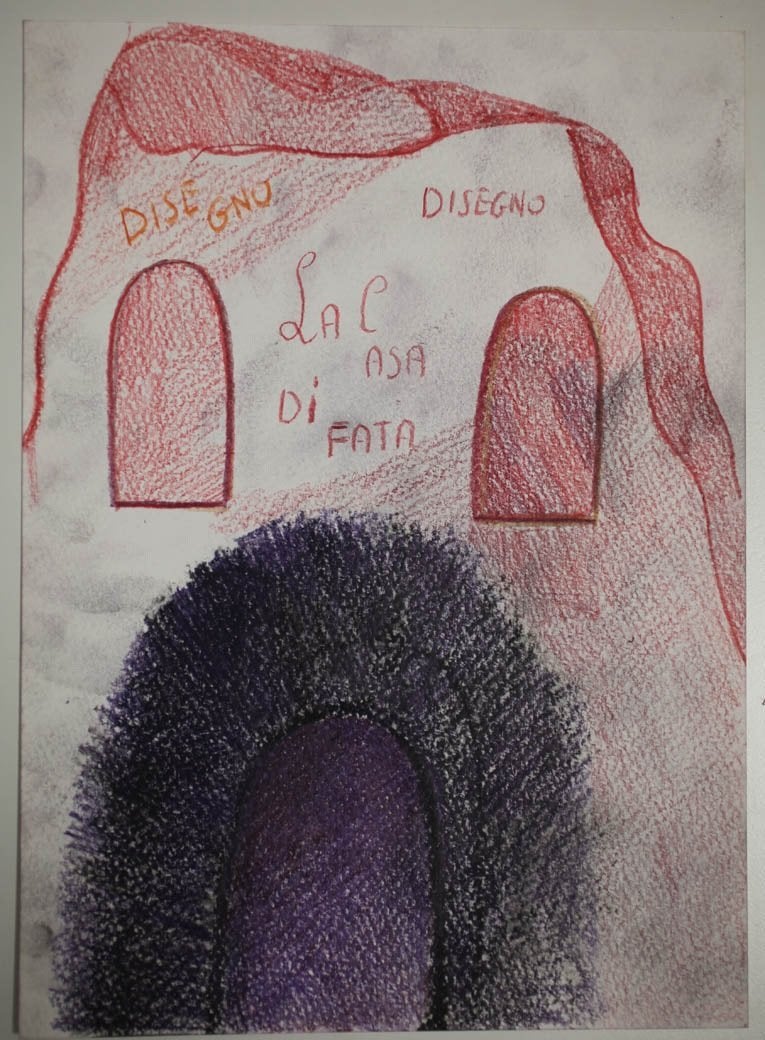
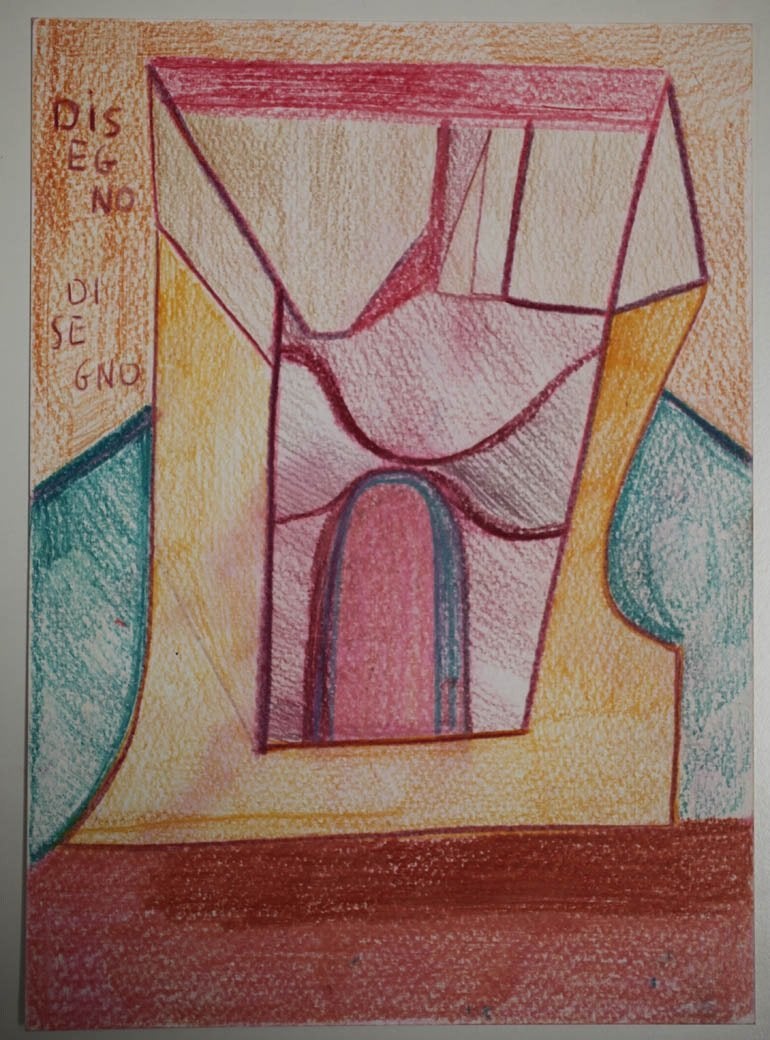
Also on HuffPost:
